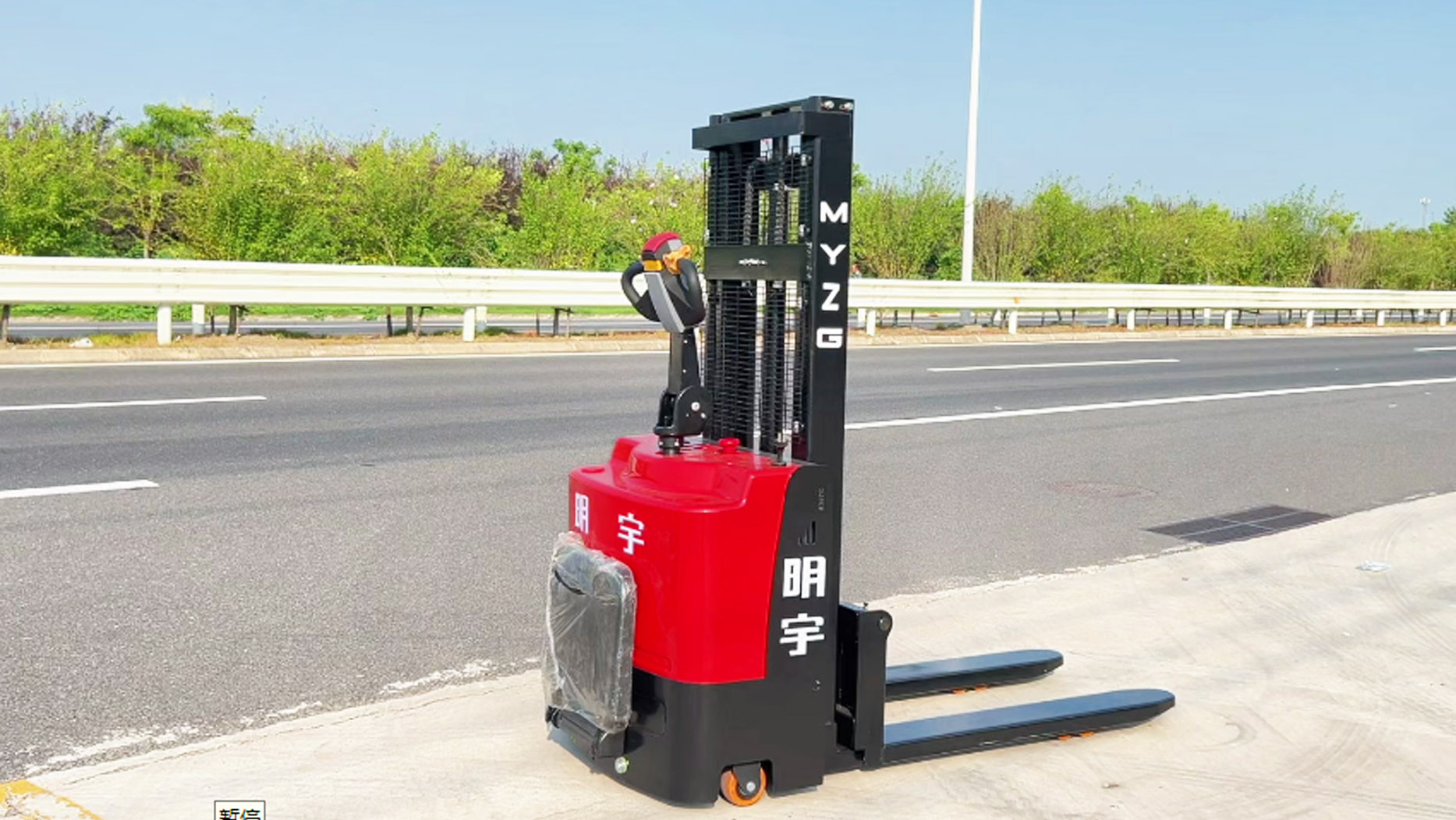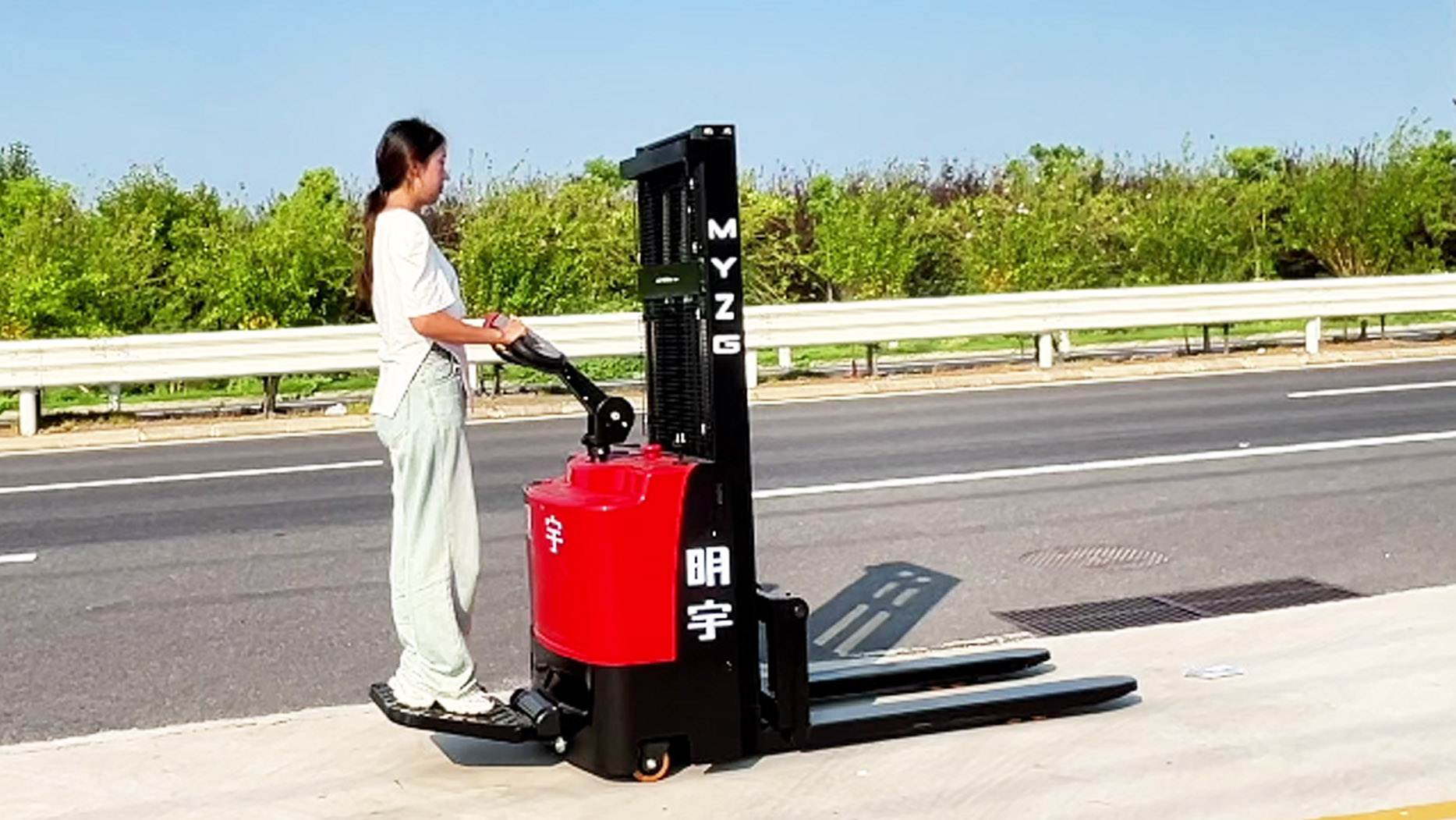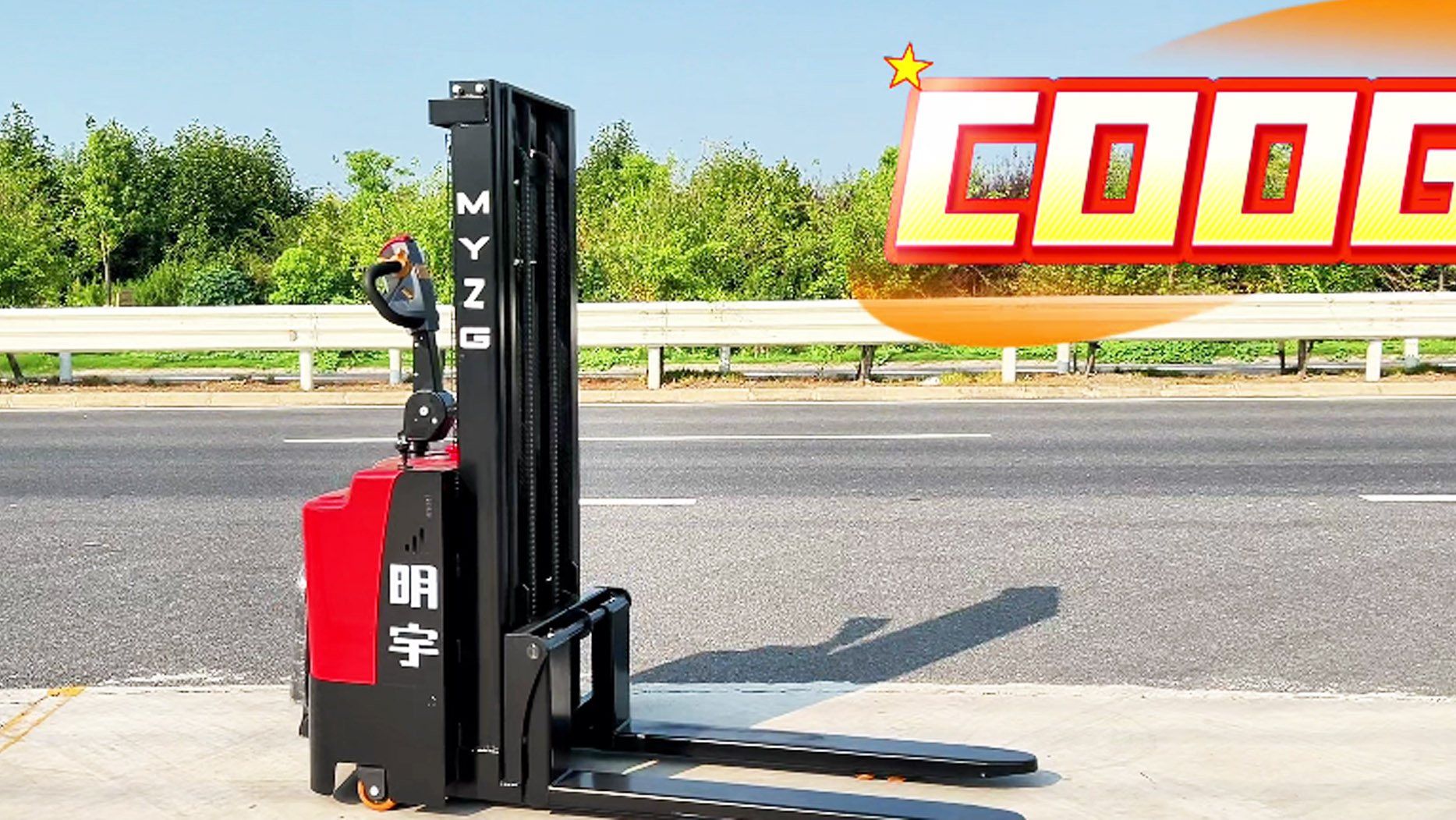Introduction
Forklifts are essential pieces of equipment in material handling, widely used across various industries, including warehousing, construction, manufacturing, and logistics. They play a crucial role in lifting, transporting, and stacking heavy loads efficiently and safely. With different types of forklifts available, each designed for specific applications, choosing the right one is vital for operational efficiency and workplace safety.
This article explores the main types of forklifts, their features, and their specific uses to help businesses make informed decisions when selecting the appropriate forklift for their needs.
Counterbalance Forklifts
Counterbalance forklifts are among the most common types of forklifts. They have forks at the front and a counterweight at the back to balance the load. These forklifts do not have extending arms, allowing them to drive directly to the load. They are widely used in warehouses, manufacturing facilities, and loading docks. Counterbalance forklifts come in electric, gas, and diesel-powered versions, making them suitable for both indoor and outdoor applications.
Reach Trucks
Reach trucks are designed for high stacking in narrow aisles. They have extended lifting capabilities, allowing them to reach heights that standard forklifts cannot. They are commonly used in warehouses with high racking systems, maximizing vertical storage space. Variants include stand-up reach trucks and double-deep reach trucks, which provide additional reach for deeper pallet racking systems.
Pallet Jacks (Hand and Electric)
Pallet jacks, also known as pallet trucks, are small forklifts designed for moving palletized loads over short distances. They are ideal for retail stores, warehouses, and distribution centers. Manual pallet jacks require physical effort to move loads, while electric pallet jacks (walkie and rider versions) provide powered assistance for ease of operation and efficiency.
Rough Terrain Forklifts
Rough terrain forklifts are built for outdoor use on uneven surfaces. They have large pneumatic tires that provide stability and traction on rough terrain. These forklifts are commonly used in construction sites, agriculture, and lumber yards. Variants include telescopic handlers and straight mast rough terrain forklifts, offering different lifting capabilities and reach options.
Telehandlers (Telescopic Forklifts)
Telehandlers are hybrid machines that combine the capabilities of a forklift and a crane. They feature an extendable boom that allows them to lift loads to greater heights and distances. They are widely used in construction, agriculture, and industrial settings. Telehandlers can be equipped with various attachments, such as buckets, winches, and pallet forks, making them versatile for different tasks.
Order Pickers
Order pickers are specialized forklifts designed for retrieving individual items from high shelves rather than moving entire pallets. They are commonly used in distribution centers and e-commerce warehouses, where operators need to pick and transport goods efficiently. Order pickers feature an elevated platform that lifts the operator to the desired picking level.
Side Loaders
Side loaders are forklifts that load and unload materials from the side rather than the front. This design makes them ideal for handling long and bulky materials such as lumber, pipes, and steel beams. They are commonly used in lumber yards, metal industries, and warehouses with narrow aisles. Side loaders are available in stand-up and enclosed cab versions for different operational needs.
Walkie Stackers

Walkie stackers are pedestrian-controlled forklifts designed for stacking pallets in tight spaces. Unlike counterbalance forklifts, they have a more compact design and are manually guided by an operator walking behind them. They are suitable for small warehouses and businesses with limited storage space. Walkie stackers have lower lifting capacities but provide a cost-effective solution for light-duty material handling.
Industrial Forklifts (Heavy-Duty Forklifts)
Industrial forklifts, also known as heavy-duty forklifts, are designed for handling extremely heavy loads. They have a high weight capacity and are used in heavy industries such as steel manufacturing, shipping yards, and large-scale warehousing operations. These forklifts can lift oversized loads that standard forklifts cannot handle, making them essential for specialized applications.
Key Factors in Choosing the Right Forklift
Selecting the right forklift depends on several factors, including:
Load capacity and weight limits
Indoor vs. outdoor use
Maneuverability and space constraints
Fuel type: electric, diesel, or gas
Industry-specific needs and attachments
By considering these factors, businesses can ensure they choose the most suitable forklift for their operational requirements.

Conclusion
Forklifts come in various types, each designed for specific applications. Understanding the different types of forklifts and their uses helps businesses optimize their material handling processes. From counterbalance forklifts and reach trucks to telehandlers and rough terrain forklifts, selecting the right equipment enhances efficiency and safety in the workplace.
Investing in the appropriate forklift type ensures smoother operations, reduces labor costs, and improves overall productivity. As technology advances, newer forklift models continue to enhance performance and safety, making them indispensable tools in various industries.
Post time:Apr.11.2025

